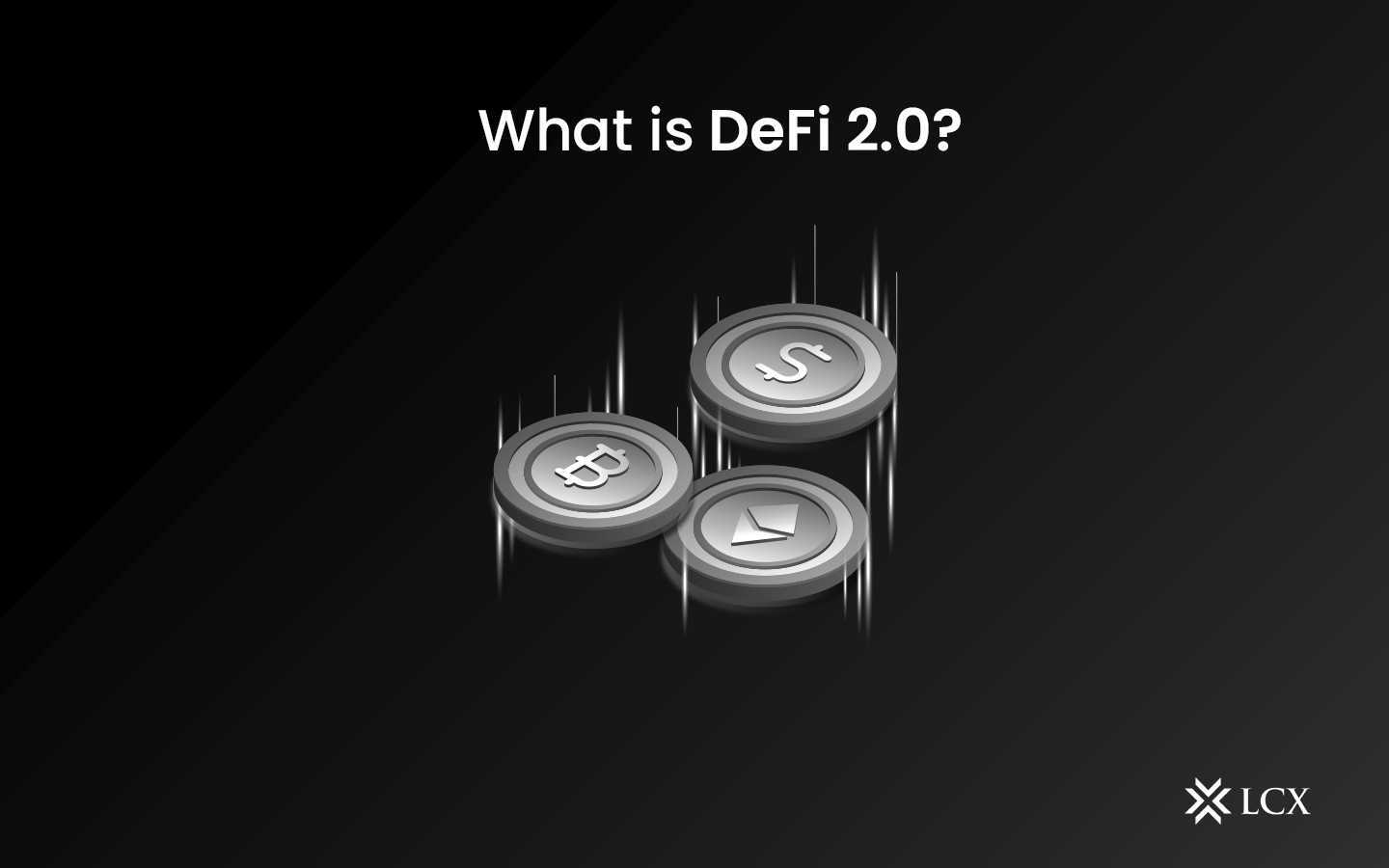DeFi (Decentralized Finance) is a unique blockchain-established form of finance that does not rely on centralized financial mediators (like banks or exchanges), but rather utilize smart contracts on blockchains.
DeFi has demonstrated to be exceedingly popular, with overall price locked beyond $270 billion on November 26, 2021. One amongst DeFi’s main draws is without doubt its high yields, which are significantly greater than those provided by banks and several other traditional financial instruments. For instance Blue-chip DeFi protocols, (e.g., Sushi, Curve), usually offer approximately 2 percent -15 percent APY on numerous crypto assets, while other highly risky protocols may give eye-popping yields of up to 35,000 percent APY.
The Shortcomings of DeFi 1.0
DeFi 1.0 was established on liquidity mining. In other words, liquidity mining is a mechanism at which point platforms repay users with their possess native token in exchange for deposition resources that several other users may borrow or trade.
The problem is that these protocols dilute their token supply in exchange for capital investment, which are normally contemporary. Individuals enter the market, commit their resources to the protocol, reap the advantages, and then withdraw both their assets and their rewards, dumping the native token.
Many new projects are going to abandon liquidity mining (that was heavily used in DeFi 1.0) in favor of experimenting with new alternatives. DeFi 2.0 is being introduced to address the shortcomings of DeFi 1.0.
Explained DeFi 2.0
DeFi 2.0 aims to resolve the risks associated with transactions in DeFi. These risks involve cryptocurrency volatility, security issues in smart contracts, and an unaccountability to repay loans.
DeFi 2.0 adds insurance to protect liquidity providers (LPs) who with crypto assets fund a liquidity pool from losses caused by unstable crypto prices. Likewise, by making sure smart contracts, it tends to help to mitigate the risks faced by faulty smart contracts. It also guarantees that no vital fault occurs in smart contracts by requiring insurance providers or open-source communities to perform audits (security) on the contracts.
In terms of lack of transparency, DeFi 2.0 ensures loan repayment by building them self-repaying. These loans use yield farming collateral (crypto staked in liquidity pools) to pay back debts.
Why does DeFi 2.0 matter?
Also for HODLers and crypto users who are experienced, DeFi can be intimidating and difficult to comprehend. Nevertheless, it seeks to decrease entry barriers and build new earning opportunities for cryptocurrency holders. Users who are unable to obtain a loan from a traditional bank may be able to do so through DeFi.
DeFi 2.0 is significant because it has the potential to democratize finance while minimizing risk. DeFi 2.0 also helps to examine the issues raised in the preceding section, thereby improving the user experience. If we can accomplish this while also providing better incentives, everyone will benefit.
Conclusion
DeFi 2.0 represents progress, and, at the very least, a crucial step from the preliminary bootstrapping phase that was DeFi version 1.0. Furthermore, it is a complicated subject. However, at the end of the road, these upgraded platforms will aid in the adoption of DeFi by more individuals and businesses. That really is a positive thing.









